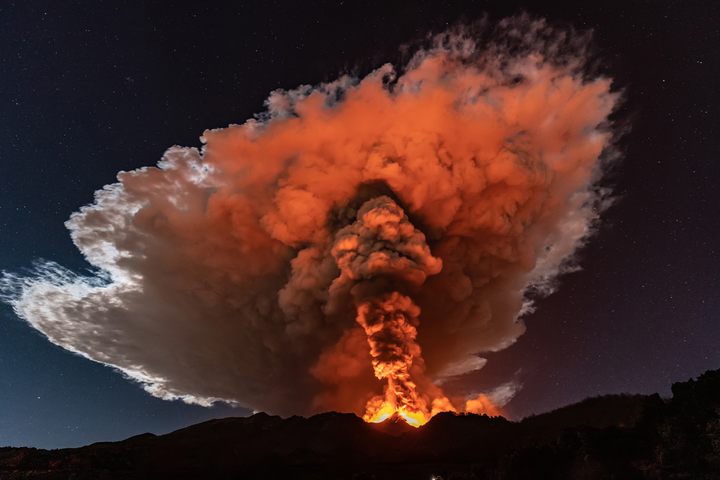
For a Volcanologist Living on Mount Etna, the Latest Eruption Is a Delight
Boris Behncke is enjoying one of nature’s greatest displays from the comfort of home.
Boris Behncke was growing impatient. The sun was setting, twilight was soaking the soil, and the sky was not yet on fire. For the past few days, Mount Etna’s almost preternatural displays of liquid hot rage had come along like clockwork, spaced roughly 30 hours apart on the 16th, 18th, and 19th of February 2021. It was unusual for one of the world’s most active volcanoes to be so punctual. But suddenly, on the 20th, it seemed to have broken its cycle. Behncke, a volcanologist at the Etna Observatory of Italy’s National Institute of Geophysics and Volcanology (INGV), kept his vigil.
Then, as darkness arrived, tiny jets of incandescent material flung themselves out of the summit, high above eastern Sicily. A thin tongue of lava emerged a little later, and a jet of molten rock shot up few hundred feet. The real fun began at 1:30 a.m. Violent explosions threw volcanic bombs the size of fridges from the peak. Lava spouted up more than 3,300 feet, illuminating the volcano like a flare. A red-and-black shower of fresh volcanic matter rained down, partially obscured by the six-mile-high tower of ash piercing the inky blue sky. The volcano’s roars echoed among the houses of about a million people living on its slopes—Behncke included.
This scene seems frightening, but for most Sicilians, including those in the volcano’s shadow, this is just the volcano doing what it does best: building herself, paroxysm by paroxysm. And for volcanologists like Behncke, the recent eruptive tour de force has been one of the most spectacular sights they have ever seen.
Things kept getting better. On the night of the 22nd, an even more impressive episode sent lava fountains maybe 6,500 feet up, over twice the height of the world’s tallest skyscraper. Behncke says that his jaw hit the floor.
“I sent messages to people, I called friends and I said, ‘Look, this is happening here, and it is so fucking incredible, it’s way beyond belief,’” he says. “I mean it goes for half an hour with these huge jets and a fan of five, six fountains.” The volcanic yawps are great too. “The sound is what really makes it complete.”
At press time, Etna was in the middle of its sixth paroxysm, and Behncke can’t get enough. “This is the most beautiful volcano on Earth,” he tweeted a few days earlier. He could be a little biased—he’s lived on or around it for a quarter of a century, after all—but with a show so spectacular, who could question him?
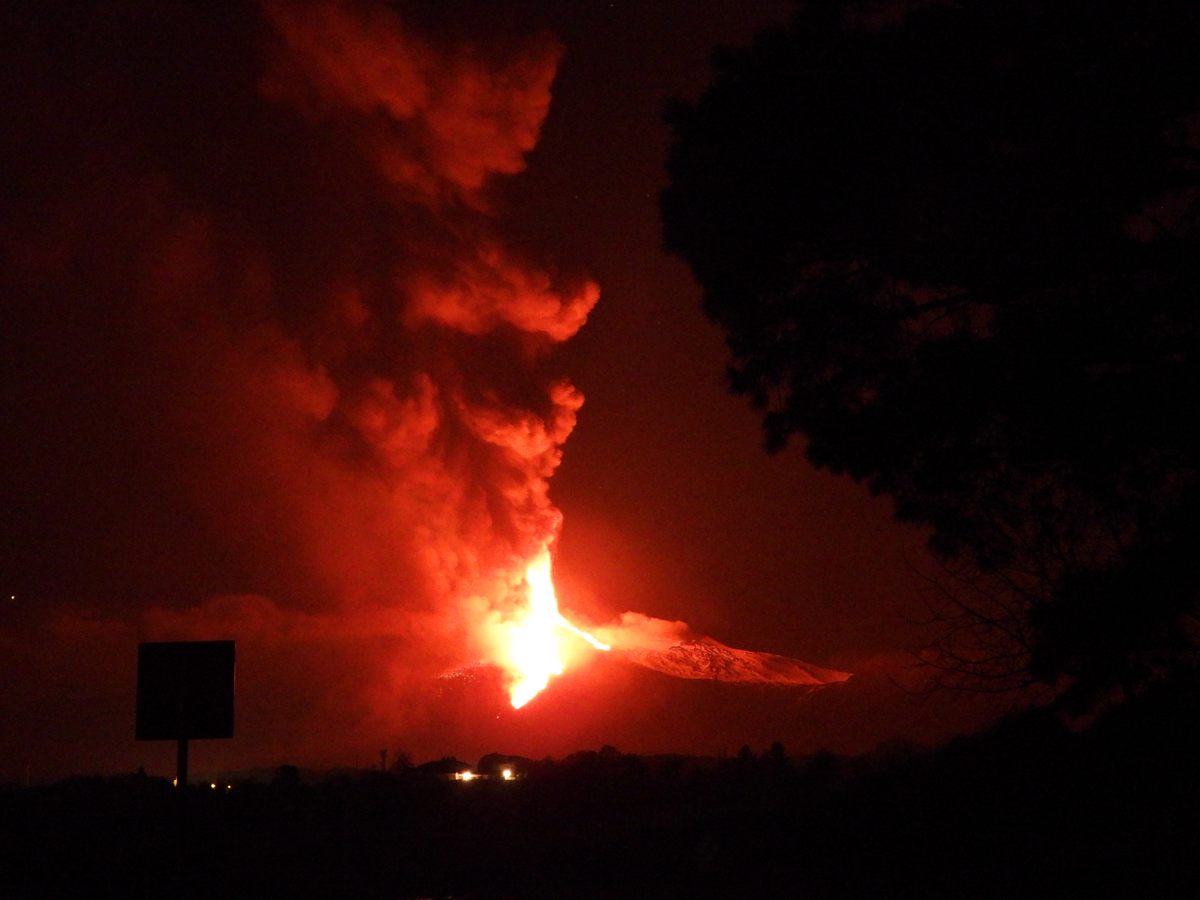
Etna is a hyperactive volcano with over 3,500 years of historically documented eruptions. It’s been erupting on and off since September 2013. Since September 2019, it’s been erupting from its various summit craters virtually continuously. Back in December 2020, Etna’s explosive activity and lava output began to spike, and in February it has been launching lava skyward like it’s nothing.
Etna’s also a bit strange. This conical colossus can produce both explosive eruptions and those that ooze lava, sometimes simultaneously. This is a product of its weird plumbing system, one that’s capable of making runny magmas and gloopier, explosion-prone porridge, a feat of volcanic engineering that scientists are still trying to decipher.
This latest eruption appears to be coming up from the depths of the mantle, the plasticky layer beneath the Earth’s crust. Extremely hot, very fluid magma is rushing up through a labyrinth of rocky conduits. But there’s another factor that results in such beautiful lava fountains.
“Etna has astoundingly high quantities of water vapor in its magma, which is what makes it explode,” says Behncke. This water does nothing to cool the magma down. It is actually a very common volcanic gas that spends much of its time dissolved in the magma. As the molten rock approaches the surface, the pressure drops, and the bubbles of water vapor expand violently and whoosh, lava gets jettisoned out of the volcano.
“It is pretty much the champagne effect,” says Behncke.
After each episode of lava fountaining and bomb-throwing, the less gassy clumps of magma linger just below the vent, a bit like superhot phlegm stuck in a lithic esophagus. Then Etna clears its throat with a new volley of gassy magma from below, setting off another pyrotechnic performance. These moments of magmatic madness are known as volcanic paroxysms, a word taken from 19th-century medicine, when it was used to describe the most dramatic manifestations of an illness. (It’s still used for the cycle of chills, fever, and sweating of a malarial episode.)
With so many paroxysms back to back, Behncke has had his hands full and his brain scrambled. For the first few, he was the volcanologist on duty, which meant updating scientists, civil defense authorities, and others.
Etna always keeps him on his toes, but its singular strangeness makes it a joy to study. “It displays most of the stuff we see on different volcanoes,” he says. In one hour, you can get tall columns of ash, lava fountains, lava flows, avalanches of hot ash and gas called pyroclastic density currents, concrete-like flows of muddy lava known as lahars, the explosive meeting of lava and snow, volcanic bomb launches, and maelstroms of ash-borne lightning. But because it is so huge, and the activity largely confined to its upper section, it is a little easier to appreciate for its aesthetic and scientific qualities. Often, says Behncke, “it is all not dangerous for the people living on it, so this is just wonderful.”
Behncke has followed Etna’s shenanigans ever since he was a child. He eventually found his way to Sicily when he was a geology student in Germany. “When I first came here in September 1989, Etna did exactly what it’s doing now,” he says, a parade of paroxysms, and at one point one of the mountain’s flanks was ripped open. “Etna showed me right then, this is what you’re going to have. That was almost traumatic for me. It was too much!” he says, laughing. “But then I got into it.”
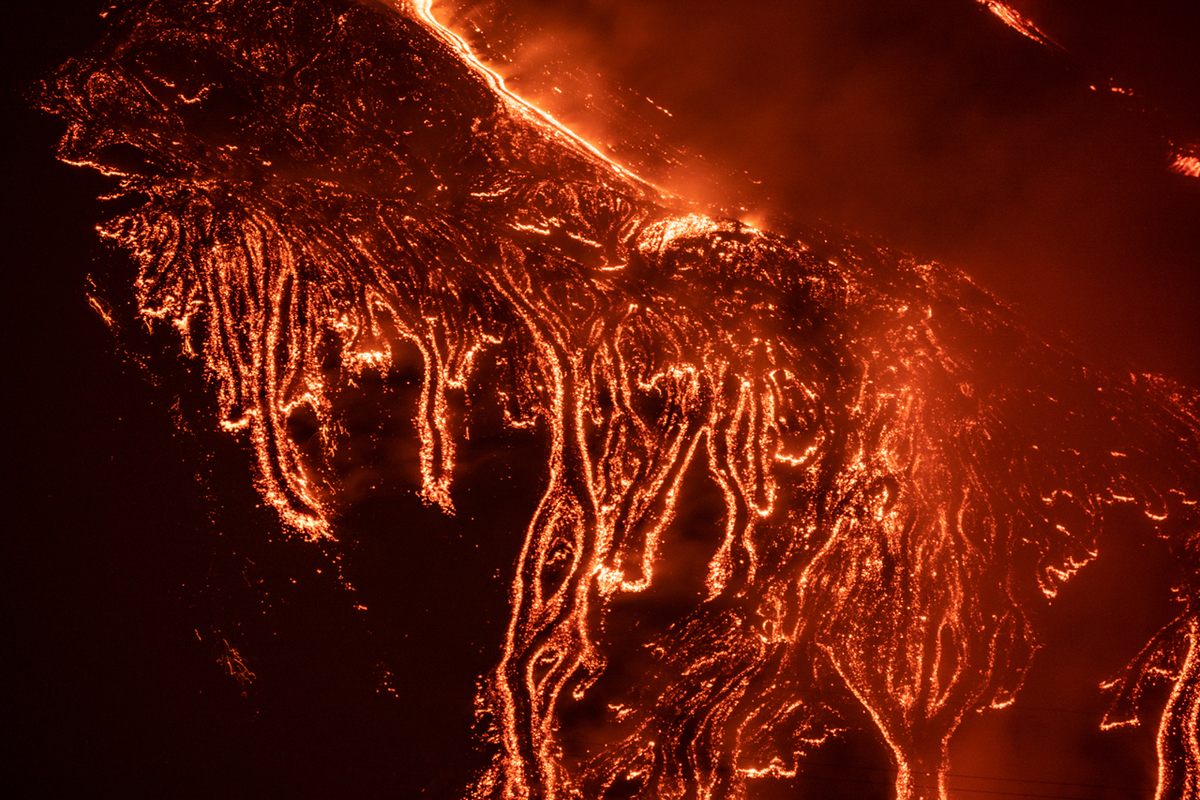
After getting a PhD in Catania, the city to Etna’s south, he got a job with the INGV. He has watched Etna from various points on its flanks for the past 25 years. For the first 10, he lived in Catania, but was displeased that none offered a good view. When he got married and had a daughter, Behncke says, “We decided that we had to go to a place where we had a view of Etna.”
Initially they lived fairly far upslope, but for the past eight years they have lived in a village about 13 miles from the summit, but still on Etna. From home, he has a perfect, grand-scale view of the mountain’s eruptive entertainment. And this ongoing eruption has given him the highest lava fountains he has personally seen.
Does Etna ever get old? “It is always a delight,” he says, but life goes on. Sometimes, even when there are dozens of lava fountains erupting, a friend might call and ask if he’s watching. He tells them no, he’s reading a book. So every now and then, Etna does something cool out of nowhere while he isn’t watching. “Shit, I should have seen that one as well!” he says.
Today’s huge fountains are a visceral thrill. “They have a strong psychological effect, because it brings you back to those moments in the past,” says Behncke, moments over the years when he excitedly jumped into the car to improve his view, often bringing his family along. “It kind of keeps me younger maybe. Or at least it gives me the illusion.”
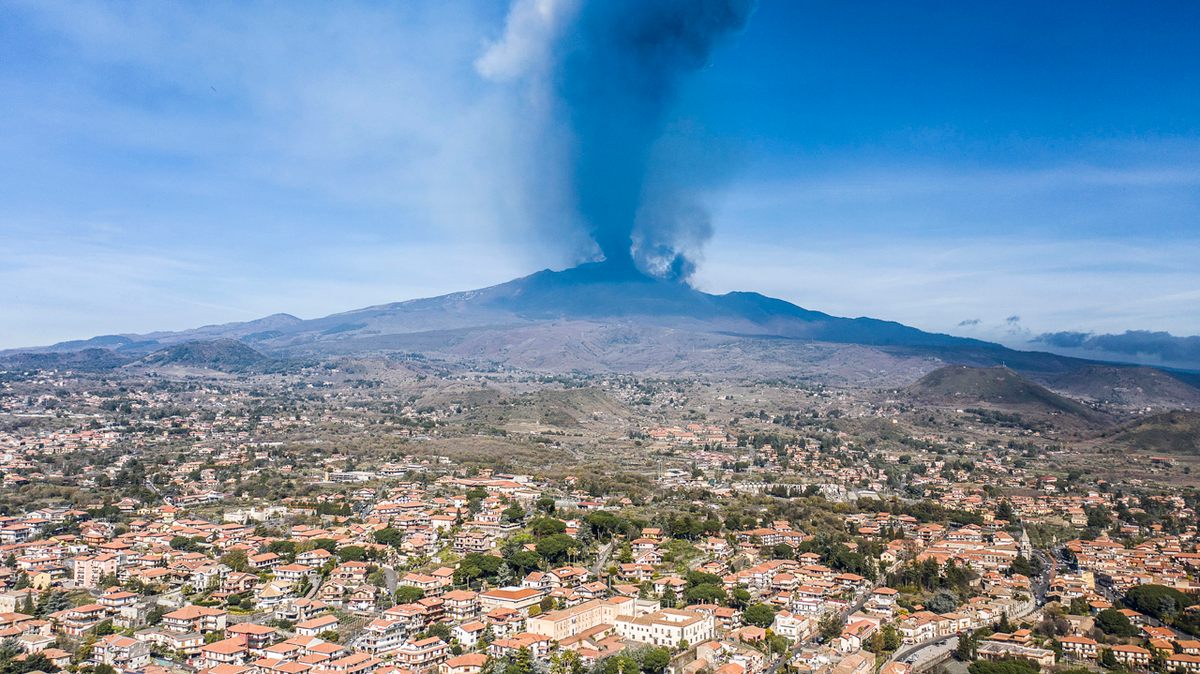
It’s not clear what’s going to happen next. The timing between the paroxysms doesn’t reliably indicate how powerful the next one will be, but for now they remain confined to the summit, far from anyone.
The paroxysms may simply stop. Many volcanoes, including Etna, can often look like they are gearing up for something cataclysmic, but ultimately, says Behncke, all they do is “a little poop.” There is also non-zero chance that these paroxysms could ramp up, or that Etna’s magma tries to find another way out of the volcano and pushes through the slopes, causing a far more hazardous flank eruption, or even a collapse.
“This is something that will happen sooner or later. We hope not very soon, but it is Etna that decides,” says Behncke. There is no sign that this is coming at present. But inevitably, one day, it will. “And it could become ugly.”
But like most of those who live on or enjoy Etna, any anxiety he harbors is a distant second to appreciation. Sicilians don’t even call it Etna. They call it the “Lady Mountain.” “For many people it’s a female, a ‘super mamma,’” he says. It has great soil for wine, a great climate, it is great for tourism, and it’s a beautiful place to live. The occasional litterbug aside, “Most of the time the people are very proud of Etna. It gives us so many things.”
Its eruptions can and have been deadly, but these moments tend to pass quickly and fade into memory—and then life goes on. And like this current, fantastical display, most of its eruptions can simply be admired.
“The destructive and deadly events happen every now and then,” Behncke says,” but the benefits are there all the time.”


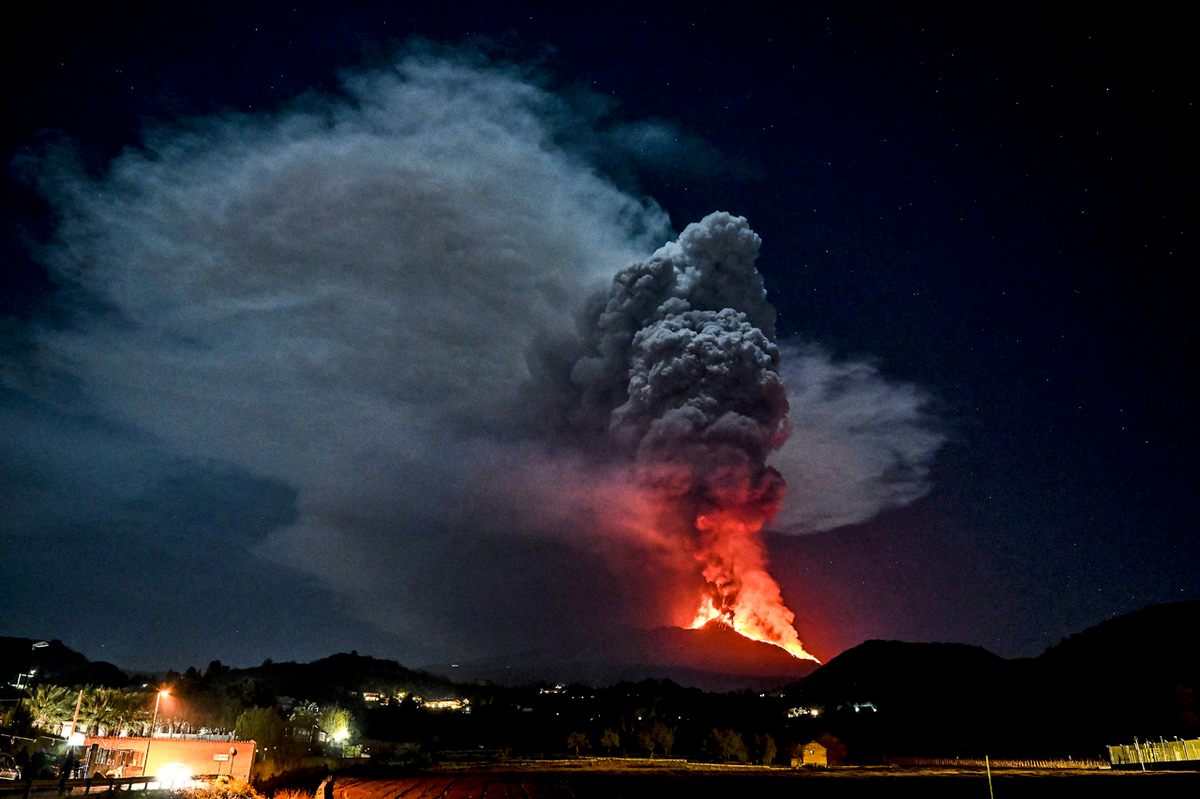
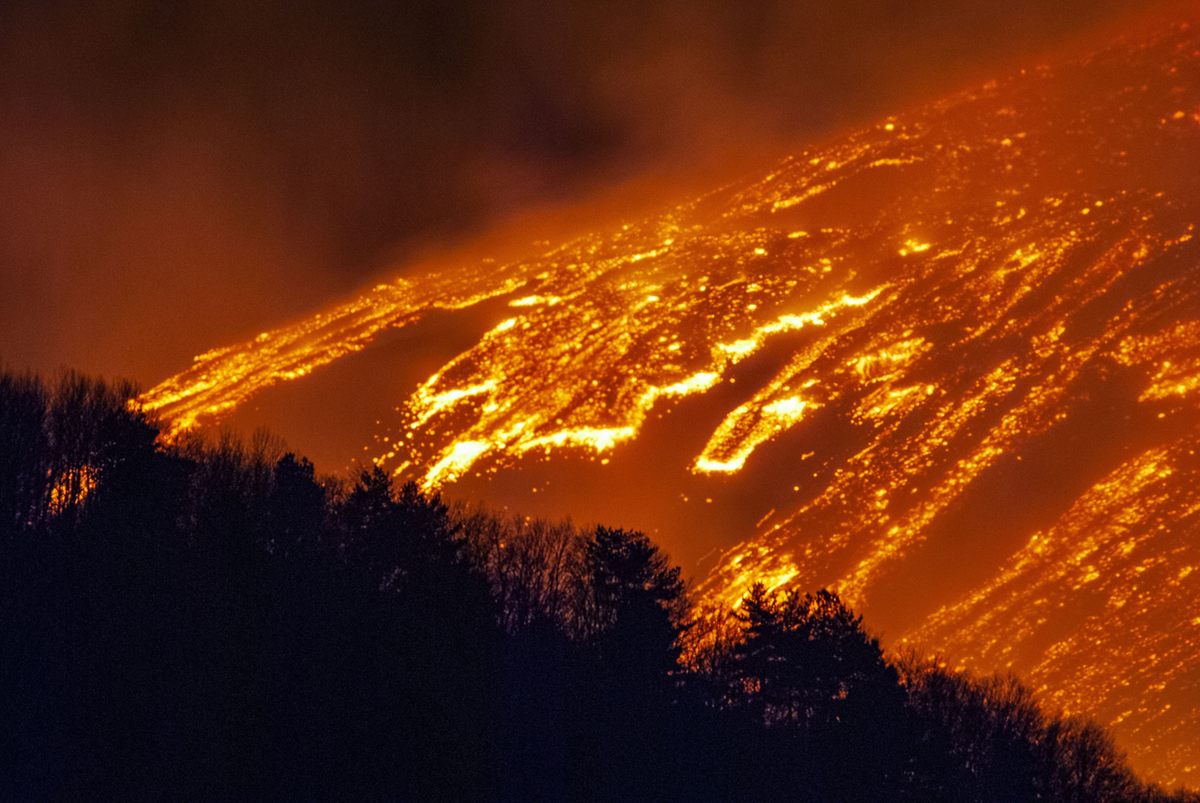
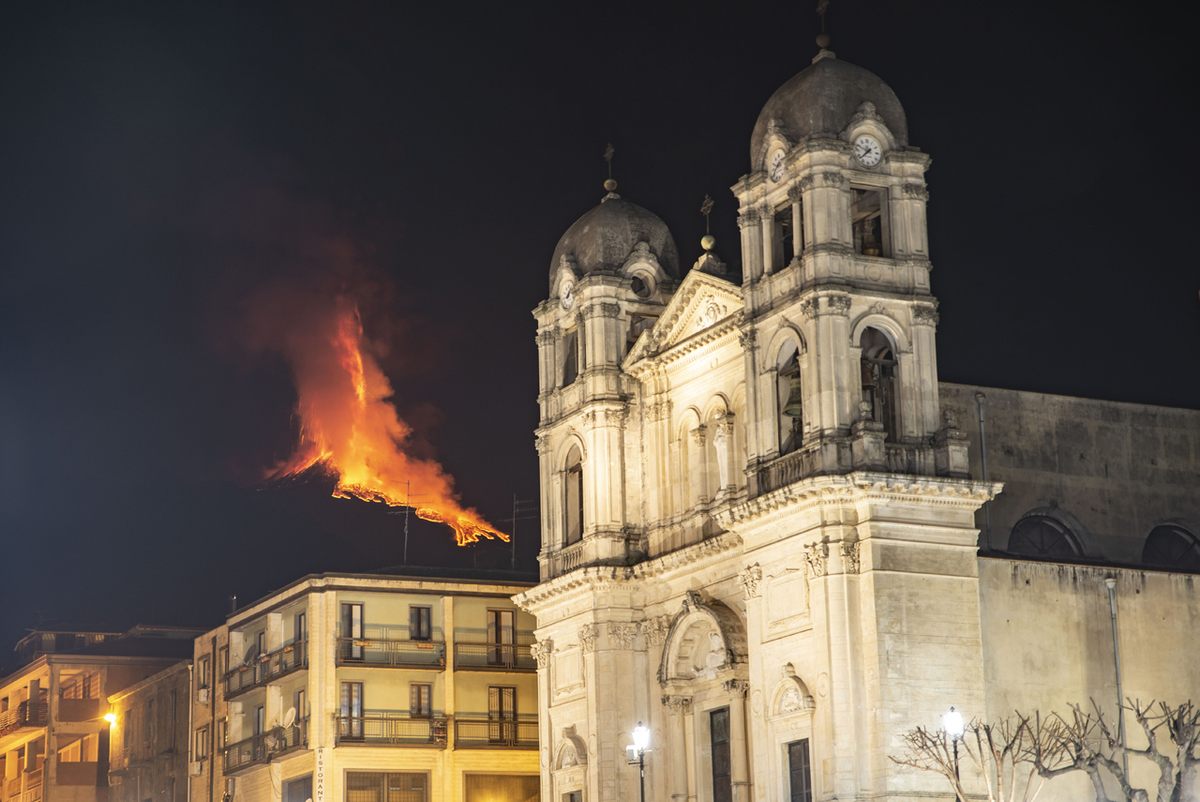
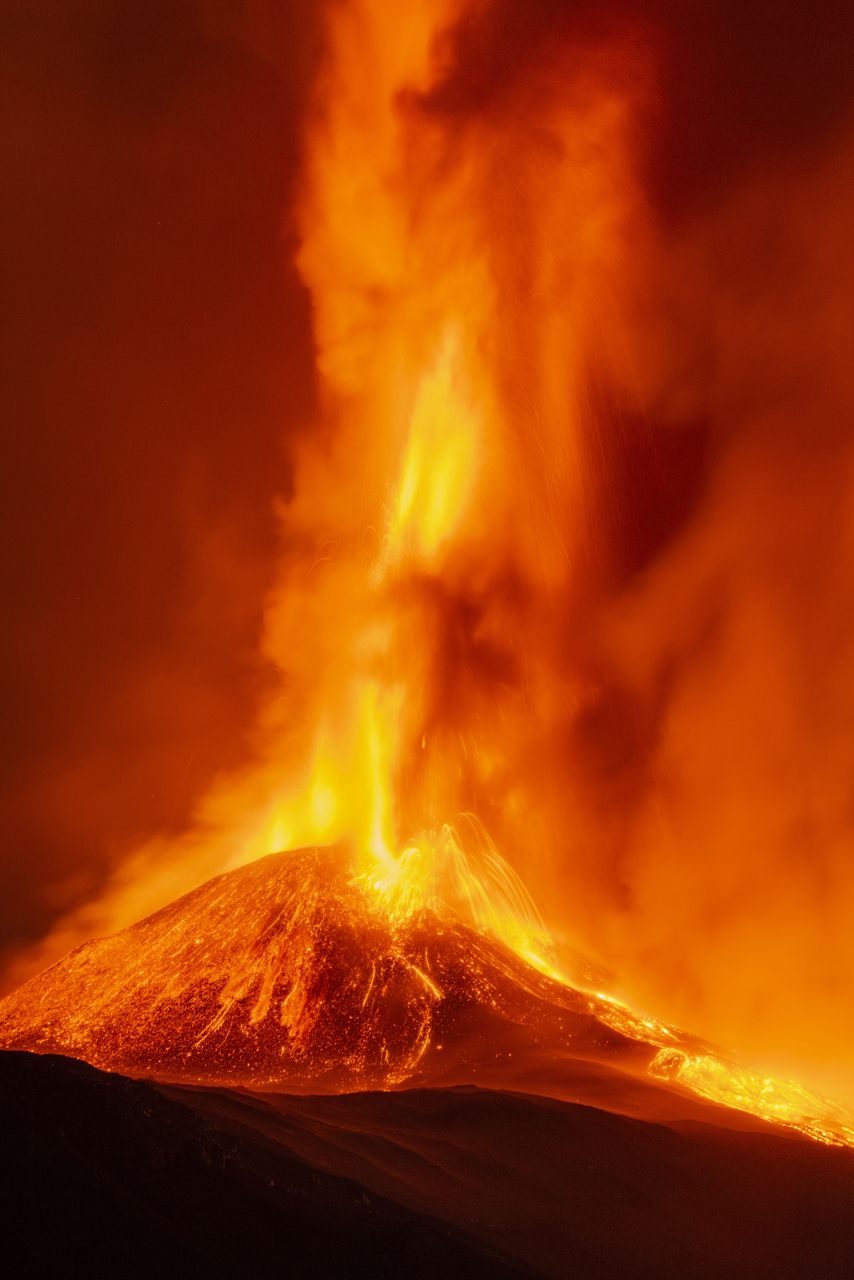
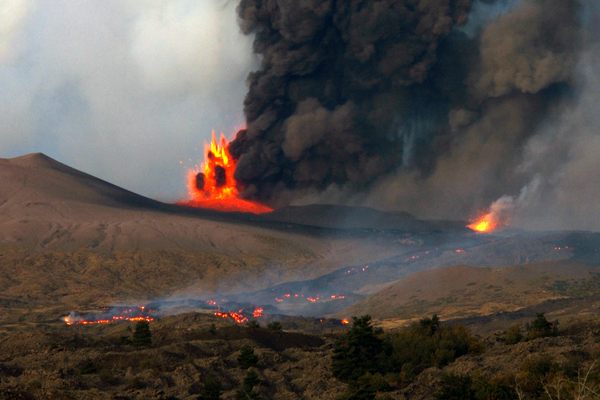

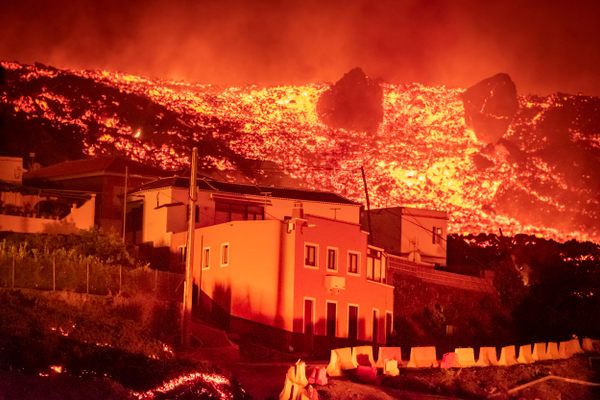















Follow us on Twitter to get the latest on the world's hidden wonders.
Like us on Facebook to get the latest on the world's hidden wonders.
Follow us on Twitter Like us on Facebook